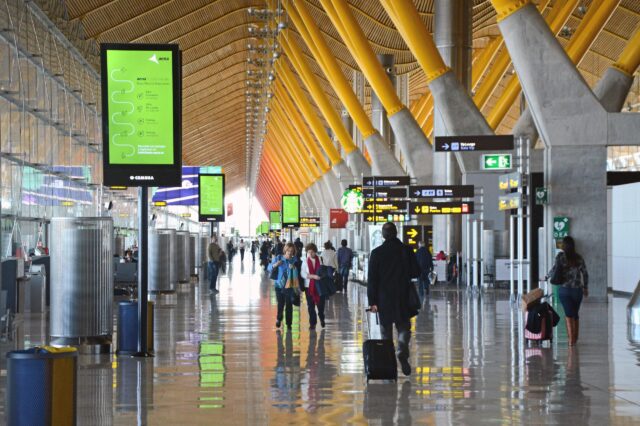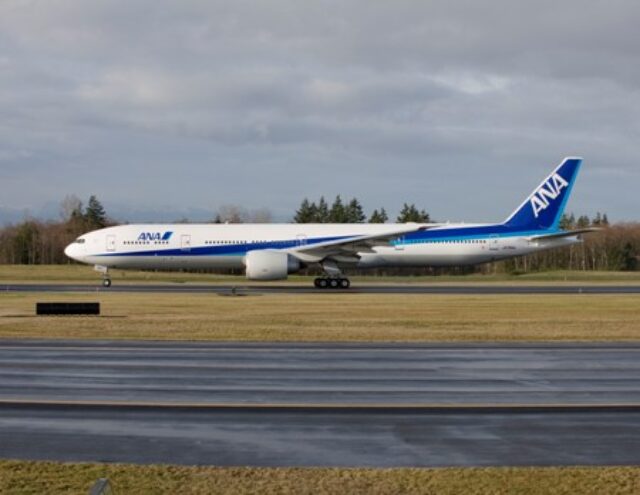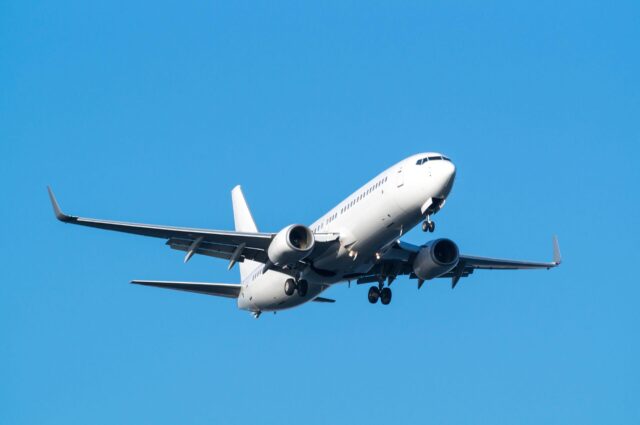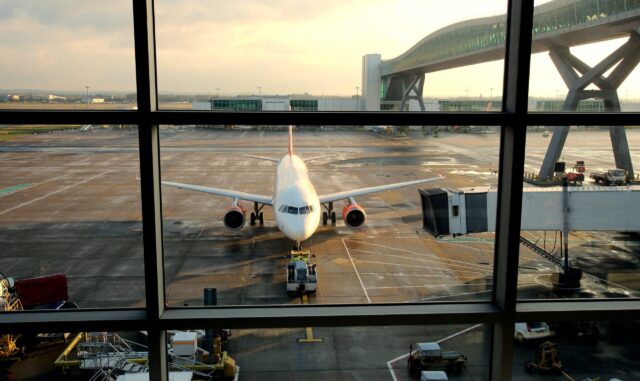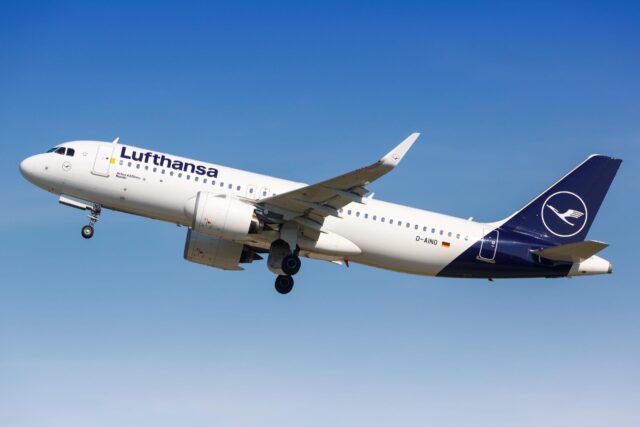Canada’s competition watchdog wants to open domestic routes to foreign airlines: Here’s why

June 21, 2025

Canada’s Competition Bureau has released a landmark report exploring why domestic air travel remains expensive and difficult to compete in.
In the report, the regulator found that WestJet and Air Canada dominate the domestic market, keeping fares high and making it hard for new entrants to create a sustainable business.
It also flagged a lack of connectivity for remote and northern communities, highlighting the difficulties of serving these routes.
The report makes a number of recommendations for the future of Canadian skies, including allowing more foreign ownership of airlines, and even allowing non-Canadian carriers to begin operating domestic routes.
What was the Competition Bureau of Canada’s study about?
The study, named ‘Cleared for take-off: Elevating airline competition,’ was launched in July 2024 with a mission to explore why Canada’s aviation market feels so concentrated, and what can be done to improve it.
It involved more than 120 industry stakeholders and some 1,500 public submissions. In addition, the regulator also undertook in-person field work in Iqaluit to assess the dynamics of the nation’s most northerly routes.

The bureau used new legal powers granted under 2022 amendments to the Competition Act to facilitate the study, which gave it stronger investigative tools to study the market.
The Competition Bureau obtained court orders to compel Air Canada and WestJet to provide internal documents and data. These likely included data on current and historic fares, load factors and flight frequencies, as well as strategic planning and merger-related documents.
The key findings of the Competition Bureau’s study
The conclusion of the year-long study highlighted some key findings:
- Some airlines are too dominant: Air Canada and WestJet together serve between 50% and 75% of all domestic passengers at major airports
- New entrants are fragile: Airlines like Porter, Flair, Lynx, Canada Jetlines and Swoop enter the market with mixed success. Some have expanded, others have failed, but all struggle to remain sustainable in the face of heavy competition.
- New entrants are good for passengers: Introducing just one new competitor on a route was found to drive down fares by around 9%.
- Remote communities are challenging to serve: The vast geography of northern and remote regions of Canada, coupled with low population density and limited infrastructure, make it hard for any airline to launch and sustain service.
Armed with these findings, Canada’s Competition Bureau has made recommendations to change the face of Canadian aviation:
- Embed competition into aviation policy: Competitiveness should be a primary objective in any merger review or collaborative agreements. The Bureau recommends improving transparency by compelling airlines and airports to publish more data on routes and performance.
- Open the door to foreign investment and innovation: The Bureau suggests raising the foreign investment cap. Under current rules, no single foreign investor can own more than 25% of a Canadian airline—one of the lowest thresholds among G7 countries. Raising this would allow a great inflow of funds. It also wants to introduce a new license category that would allow 100% foreign ownership of domestic airline carriers.
- Bolster remote and northern connectivity: The regulator wants to develop tailored support and regulation to reflect the unique needs of remote routes. It also proposes exploring dedicated funding for regional air connectivity, similar to the Public Service Obligation (PSO) routes in the UK.
What does this mean for the future of Canadian aviation?
The study highlights what many Canadian air passengers have known for years – that Canada’s skies are effectively a two-horse race.
Limited competition is keeping fares high, and with the two dominant carriers controlling the bulk of domestic seats, passengers are paying over the odds for their flights.
The report recommendations could enable new entrants to step into the market in a more comfortable way, inviting foreign investment and disruptive business models to shake up the status quo.
However, none of these recommendations are guaranteed to be taken forward.

The likely next step would be a federal consultation over the summer and potentially into the autumn of 2025. Transport Canada and other stakeholders will open a comment period on ownership caps and cabotage, so we can expect some heavy lobbying from the incumbent carriers, workers unions and some airport groups.
If the recommendations are taken further after this, there could be a ‘phase 1’ tweak to the Canada Transportation Act as early as 2026. Pilot PSO projects may take place, while foreign investors and air carriers could begin applying for AOCs as soon as 2027.
If Ottawa embraces even part of the Bureau’s plan, Canada could rapidly shift from its cosy duopoly towards a more competitive, consumer friendly aviation market.




